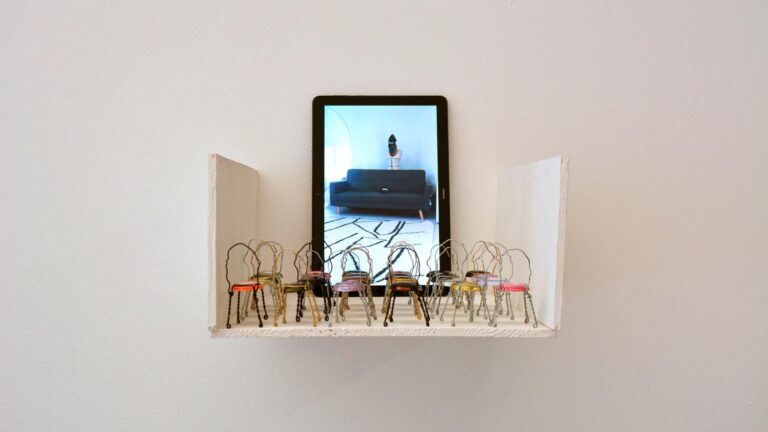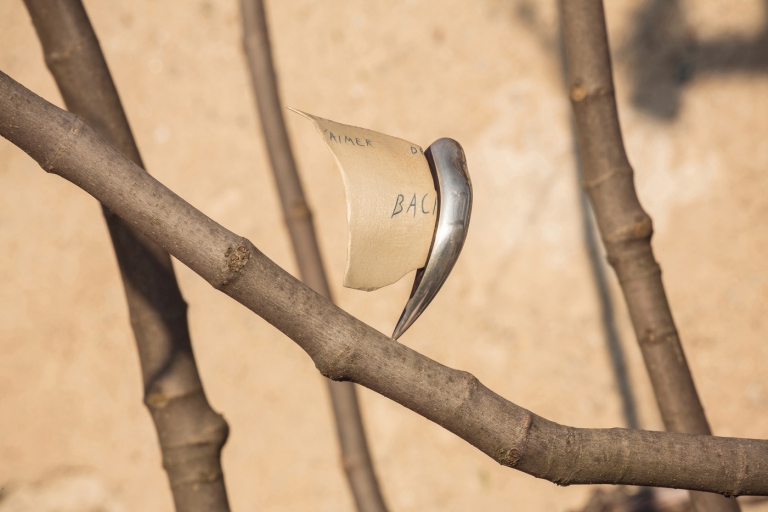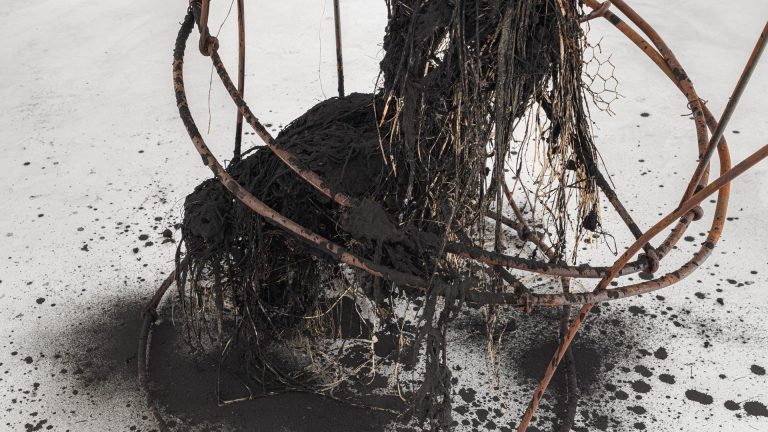Artist: Guglielmo Castelli
Exhibition title: Asomatognosia
Curated by: Treti Galaxie
Venue: Royal Lounge Porta Nuova Train Station , Turin, Italy
Date: May 24, 2017
Photography: all images copyright and courtesy of the artist and Treti Galaxie
Treti Galaxie is proud to present ‘Asomatognosia’, the solo show by Guglielmo Castelli staged in the concealed and prestigious Royal Lounge of the Porta Nuova train station in Turin.
For some time, the Turin artist has been developing a pictorial research revolving around the human figure, focusing on a particular idea of mutation and change, one which leads back to the delicate passage between childhood and adolescence.
In his latest works, Castelli concentrates on the isolation of a number of details of the human body with a view to highlighting their condition of fragility through an exploration of their potential for abstraction.
The Royal Lounge is one of those hidden jewels of Turin. Designed and built in 1864 by the Engineer Alessandro Mazzucchetti as a first-class waiting room, it features a cycle of paintings by Francesco Gonin depicting the elements Earth, Water and Fire, stuccoes by the Swiss sculptor Pietro Isella, and furnishings designed by Carlo Orsi.
As well as its beauty and its unquestionable historical and artistic importance, what remains fascinating about the Sala Reale is its purpose: here the King of Italy would wait for his train, quite detached from his people, while being aware that he and they would have then travelled along the very same tracks. This blatant contradiction is the starting point for the exhibition project.
Asomatognosia is a neurological condition characterized by the loss of the ability to recognize a part of one’s body as one’s own. Individuals affected by it look upon a limb of theirs as extraneous, and in some cases may even go so far as to attribute it to someone else.
Were we to consider the King as the head, in the sense also of the brain, and the population as the rest of the body, this condition would appear fitting in terms of highlighting the above-mentioned contradiction.
In the light of this interpretation, the new paintings by Guglielmo Castelli, characterized by the isolation of parts of the body, and by a tension between these elements and external movements, find their ideal setting in the Royal Lounge.
While the Royal Lounge serves as a representation of a separate body, the paintings by Guglielmo Castelli bear a desire for inclusion.
In the words of the artist: “In these new paintings, I am experimenting with a pictorial process of removal, but also one of inclusion within the frame of something which is external to the body that I am painting. A sort of appendix, another body, one which longs not to be rejected.”
In collaboration with Francesca Antonini Arte Contemporanea and Grandi Stazioni Rail.




















